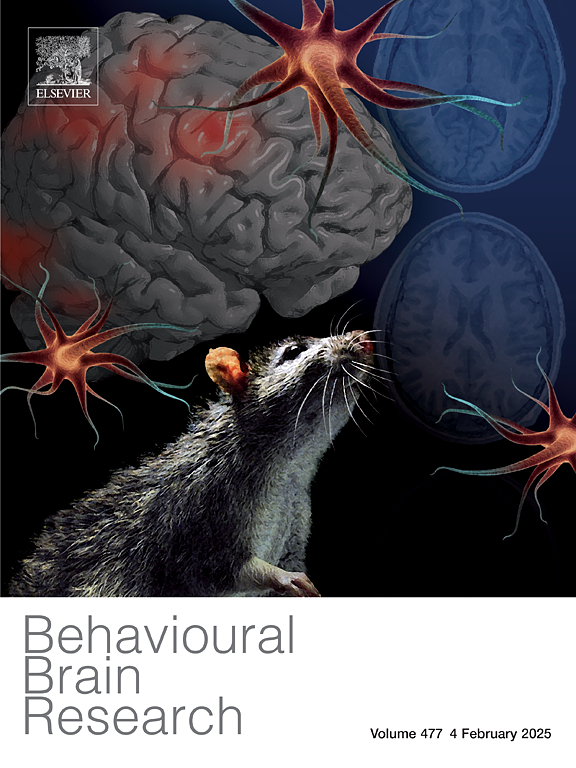White matter tract involvement in anarchic hand syndrome following stroke: Diffusion tensor imaging study
IF 2.6
3区 心理学
Q2 BEHAVIORAL SCIENCES
引用次数: 0
Abstract
Anarchic Hand Syndrome (AHS) is a rare neurological disorder characterized by involuntary, purposeful hand movements. AHS can also result from damage to the corpus callosum (CC), intra-hemispheric tracts, or descending tracts, but its precise causes remain unclear. This study aimed to identify the white matter tracts associated with AHS development using the automated reconstruction of 42 tracts from diffusion tensor imaging (DTI).
We included three female AHS patients with anterior cerebral arterial (ACA) infarctions. Additionally, we enrolled 20 age-matched control subjects and six patients with ACA infarctions but without AHS symptoms (N-AHS group) for comparison. DTI was conducted in AHS, N-AHS, and control groups. Fractional anisotropy (FA) and volume values were extracted from the DTI datasets of participants using TRActs Constrained by UnderLying Anatomy (TRACULA) technique.
The AHS group showed lower FA values of the CC body (parietal and temporal section), right arcuate fasciculus (AF), corticospinal tract, extreme capsule, inferior longitudinal fasciculus (ILF), and superior longitudinal fasciculus than the control group. However, these tracts exhibited no significant difference between N-AHS and control groups. Similarly, the volume value in the genu of CC in the AHS group was lower than controls, but not in other tracts.
Our results suggests that the extensive CC lesion, especially in the posterior parietal and temporal section of CC body, and damage to intra-hemispheric tracts (AF and ILF), is associated with the development of AHS. These results involved in AHS and underscore the significance of considering a more complex network disruption, involving various white matter tracts beyond CC for understanding this syndrome.
求助全文
约1分钟内获得全文
求助全文
来源期刊

Behavioural Brain Research
医学-行为科学
CiteScore
5.60
自引率
0.00%
发文量
383
审稿时长
61 days
期刊介绍:
Behavioural Brain Research is an international, interdisciplinary journal dedicated to the publication of articles in the field of behavioural neuroscience, broadly defined. Contributions from the entire range of disciplines that comprise the neurosciences, behavioural sciences or cognitive sciences are appropriate, as long as the goal is to delineate the neural mechanisms underlying behaviour. Thus, studies may range from neurophysiological, neuroanatomical, neurochemical or neuropharmacological analysis of brain-behaviour relations, including the use of molecular genetic or behavioural genetic approaches, to studies that involve the use of brain imaging techniques, to neuroethological studies. Reports of original research, of major methodological advances, or of novel conceptual approaches are all encouraged. The journal will also consider critical reviews on selected topics.
 求助内容:
求助内容: 应助结果提醒方式:
应助结果提醒方式:


